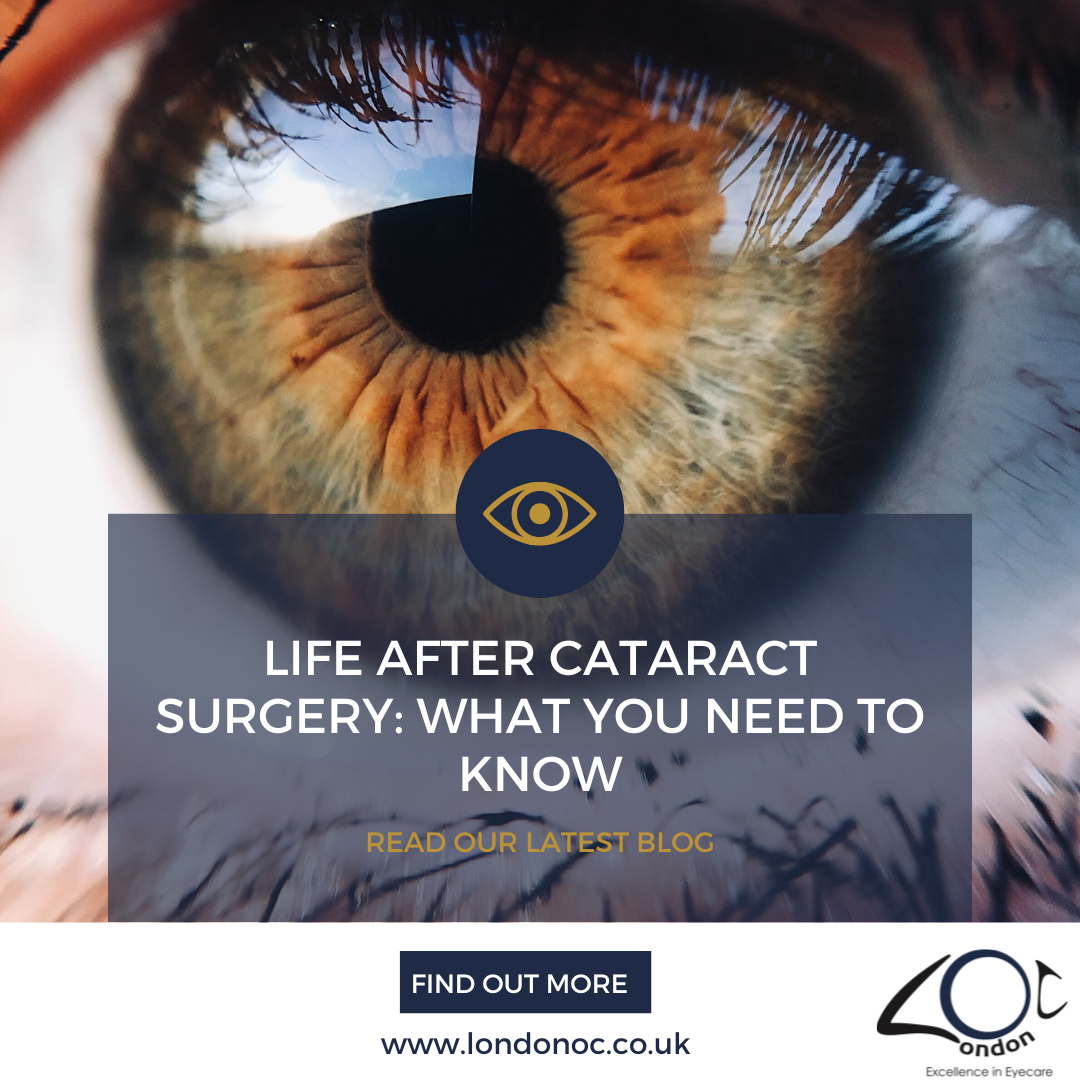Cataract surgery is a simple and effective procedure that can restore clear vision and improve your quality of life. For many, the difference is immediate and life changing, allowing them to see the world in sharp focus again. However, understanding what to expect after the surgery can help ensure a smooth recovery and maximize the benefits. Here’s an overview of what life looks like post-cataract surgery.
The immediate recovery phase
Right after surgery, your vision may feel different, but this is a normal part of the healing process. Here’s what you might experience:
- Blurry vision: It’s common for vision to be blurry or cloudy at first as your eye adjusts to the new lens.
- Mild discomfort: Itchiness, redness, or a slight gritty feeling in the eye can occur, but these symptoms are temporary.
- Sensitivity to light: Your eye may be more sensitive to bright lights, so wearing sunglasses outdoors is recommended.
Your doctor will prescribe eye drops to prevent infection, reduce inflammation, and aid healing. It’s important to use them as directed and avoid touching or rubbing your eye. Activities like swimming, heavy lifting, or bending over should be avoided until your doctor advises otherwise.
Getting back to your routine
Most people recover quickly and can resume their regular activities within a few days. However, it’s important to pace yourself and follow your surgeon’s instructions.
- Work and everyday tasks: You can return to light tasks, such as walking and basic chores, within a day or two, but avoid strenuous activities for about a week.
- Driving: Once your vision stabilizes and your doctor approves, you can resume driving.
- Exercise: Gentle activities like walking are fine, but wait a few weeks before engaging in intense workouts or sports.
Follow-up appointments with your doctor are crucial to monitor your healing and ensure everything is on track.
Visual improvements to look forward too
One of the biggest benefits of cataract surgery is the improvement in your vision. Many patients notice sharper images, brighter colours, and improved depth perception. Depending on the type of intraocular lens (IOL) you received, you might experience:
- Clearer distance vision.
- A reduced need for glasses, especially for everyday tasks.
- Less dependency on corrective lenses overall.
Some minor visual side effects, such as halos around lights or glare, may occur temporarily as your eye adjusts, but these usually fade over time.
Caring for your eyes after surgery
To maintain your improved vision and protect your eyes, follow these steps:
- Wear sunglasses: Protect your eyes from UV rays with a good pair of sunglasses.
- Attend eye exams: Regular check-ups with your eye doctor will help catch any future issues early.
- Adopt a healthy lifestyle: Eating a diet rich in fruits, vegetables, and omega-3 fatty acids, avoiding smoking, and managing health conditions like diabetes can support long-term eye health.
Conclusion
Life after cataract surgery can be truly transformative. Many people find that activities they once struggled with, such as reading, driving, or enjoying the outdoors, become easy and enjoyable again. While the recovery process requires care and patience, the rewards of clearer vision are well worth it. By following your doctor’s guidance and adopting good eye care practices, you can enjoy a brighter, clearer future.
Book in for your consultation here with Mr Vik Sharma, Consultant Ophthalmologist at LondonOC.
